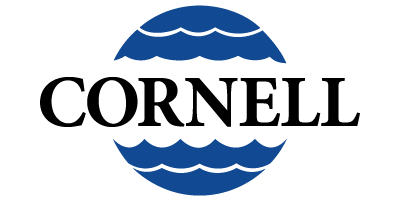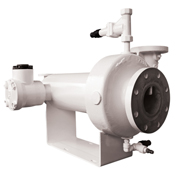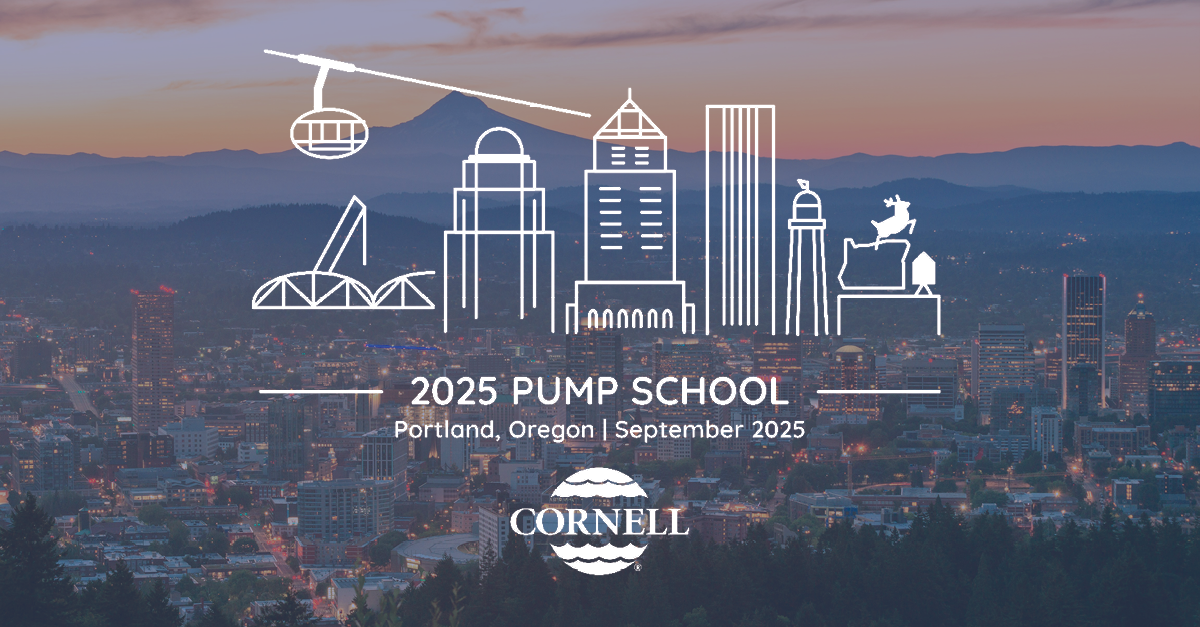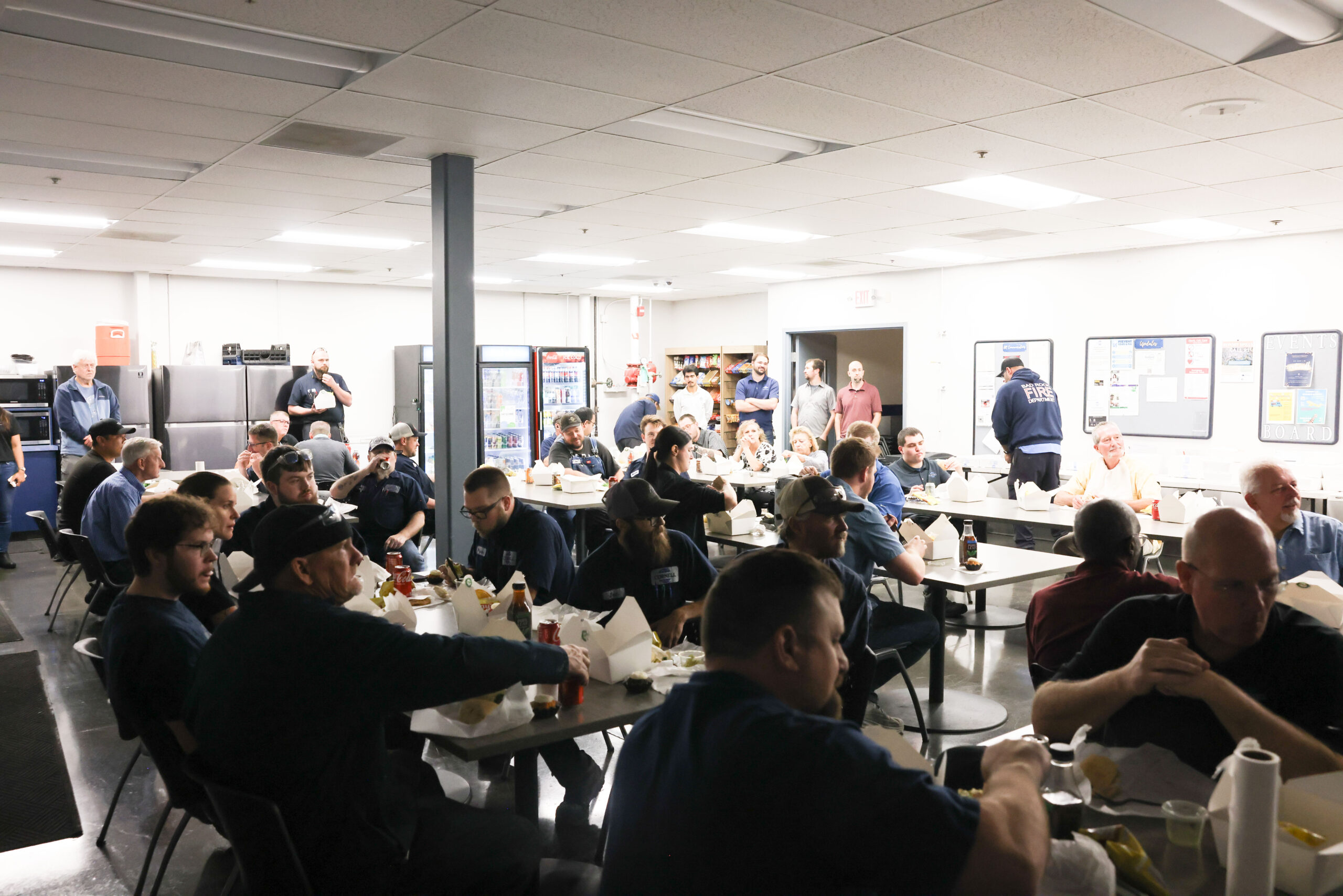Cornell Pump has been manufacturing (and troubleshooting ) refrigeration pumps since the 1950s. Our open drive CB Series has been a consistent performer for decades, and our Arctic King line of hermetic refrigeration pumps has proved very popular since introduction in 2013.
Here are some symptoms, possible causes, and corrective actions to take when dealing with Cornell’s CB (open drive) and HT (semi-hermetic) series refrigeration pumps.
| MECHANICAL PROBLEM | REMARK | CORRECTIVE ACTION |
|---|---|---|
| Loss of prime at start-up | Volute vent line feeds to another line instead of directly into the receiver | Volute vent piping should be directly into the separator above the maximum liquid level |
| Vent line closed | Open volute vent line | |
| Pump started before completely filled with liquid or before cooled down | Follow the “start-up instructions”carefully and allow ample time forsystem to balance and pump to cool down | |
| Pump started with discharge valvefully open | Throttle discharge valve at start up to almost shut-off and open it very gradually | |
| Loss of prime during operation | Cavitation | Cavitation due to an excessive flowrate, the closing of the stop valve will bring about immediate recovery—adjust the hand expansion valves as necessary to bring the flow rate within NPSHA limitations |
| Recirculation | Utilize a bypass line to ensureminimum flow requirement | |
| Vapor entrainment | Evaluate false load condition | |
| Reduce rate of temperature draw down in receiver by the compressors | ||
| Raise liquid level in receiver | ||
| Motor overloading new installation | Incorrect rotation | Ensure proper rotation |
| Incorrect pump selection | Review performance conditions and consult factory | |
| Incorrect hand expansion valvesetting | Adjust the hand expansion valves as necessary to bring the flow rate within NPSHA limitations | |
| Motor overloading existing installation | Oil indigestion from system | Check amperage and voltage, compare with normal power, oil ingestion will increase power requirement and potential tooverload the motor |
| External seal (characteristics) leak (only on open drive pumps/ not HT) | Failure of outboard mechanical seal assembly | Mechanical seal replacement required with a Cornell mechanical seal replacement kit |
| Internal seal leak | Failure of inboard mechanical sealassembly | Replace mechanical seal with a mechanical seal replacement kit Characterized by high oil consumption but no visible oil leak |




